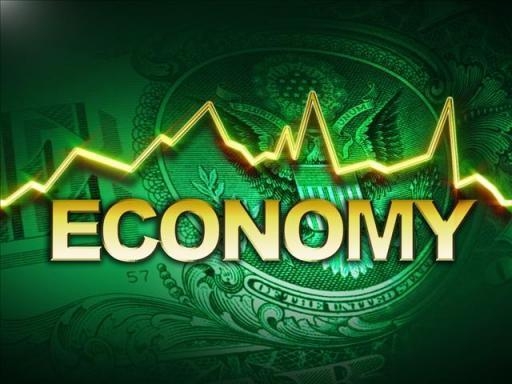Market Data

December 4, 2019
Fed Beige Book Gives Economy a Positive Reading
Written by Tim Triplett
U.S. economic activity expanded modestly from October through mid-November and outlooks generally remained positive, according to the latest Beige Book Report from the Federal Reserve.
The Fed surveys the business community eight times each year to track economic conditions in its 12 districts. The Nov. 27 Beige Book Report documents stable to modestly growing economic activity in most parts of the country. Even in manufacturing, more districts reported an expansion in the current period than in the previous one, though the majority continued to experience no growth.
The picture for nonfinancial services remained quite positive, with most districts reporting modest to moderate growth. Transportation activity was rather mixed across districts. Reports from the banking sector indicated continued but slightly slower growth in loan volumes. Home sales were mostly flat to up, and residential construction experienced more widespread growth compared to the prior report. Construction and leasing activity of nonresidential real estate continued to increase at a modest pace. Agricultural conditions were little changed overall, remaining strained by weather and low crop prices. Activity in the energy sector deteriorated modestly among reporting districts.
Employment continued to rise slightly overall, even as labor markets remained tight across the U.S. Reports were mixed for employment in manufacturing, with some districts noting rising headcounts, while others noted stable employment levels and one district reported layoffs. There were scattered reports of labor reductions in retail and wholesale trade. The vast majority of districts continued to note difficulty in hiring, driven by a lack of qualified applicants as the labor market remained very tight. The shortage of workers spanned most industries and skill levels, and some contacts noted that their inability to fill vacancies was constraining business growth. Moderate wage growth continued across most districts. Wage pressures intensified for low-skill positions.
Prices rose at a modest pace during the reporting period. Reports regarding input costs and selling prices in the manufacturing sector were mixed, with some districts noting deceleration in prices, while others cited increased cost pressures and a few indicated little to no change. Retailers mentioned higher costs, which contacts in some districts attributed to tariffs. Firms’ ability to raise prices to cover higher costs remained limited, though a few districts noted that companies affected by the tariffs were more inclined to pass on cost increases. Service sector prices in reporting districts were mostly flat to up. Energy and steel prices were flat to down, while reports on construction materials and agricultural commodity prices were mixed. Overall, firms generally expected higher prices going forward.







